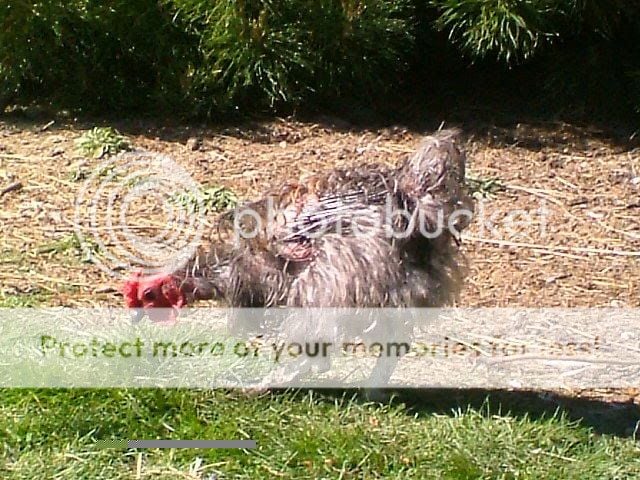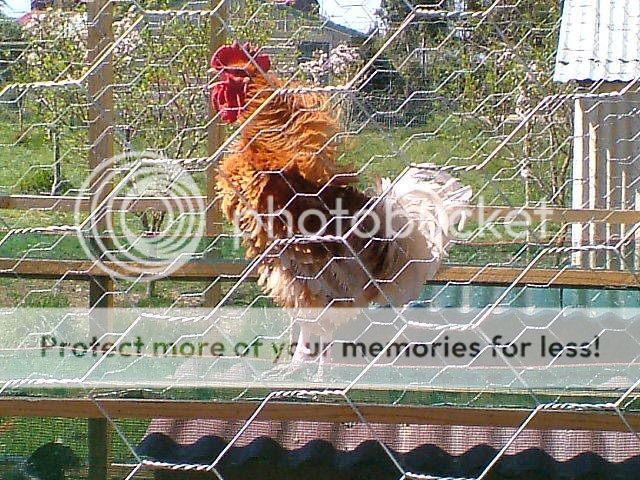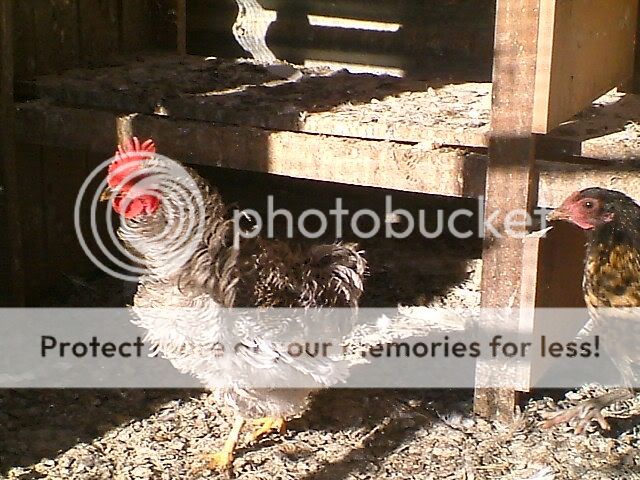Quote:
That paper doesn't say anything that contradicts the admonition against breeding frizzle to frizzle.
In summary, here's what it does say:
There are two major genes involved with frizzling. One gene is the frizzle gene itself (F), which is an incomplete dominant. The other gene is a modifier (mf), which is a recessive. The mf gene decreases the effect of the F gene. Therefore, if a bird has both one copy of F and also has mf, the bird may LOOK normal even though it has the F gene. This is called a "smooth" frizzle.
Here's a direct quote from the page that Ilovefrizzles cited:
"Un-modified homozygotes have the rachis extremely recurved in all feathers. The barbs are much curled. No feather has a flat vane, and all are narrow. As a result, the adult in full plumage has a somewhat woolly appearance. The feathers are broken off by the crowding of the birds at night and by the treading of the males in the breeding season. Consequently, the homozygotes frequently appear quite bare in the summer. "
As we've all been saying -- breeding frizzle to frizzle tends to produce birds with extremely frizzled, brittle feathers. The mf gene complicates the picture, but the basic problem is still there.







